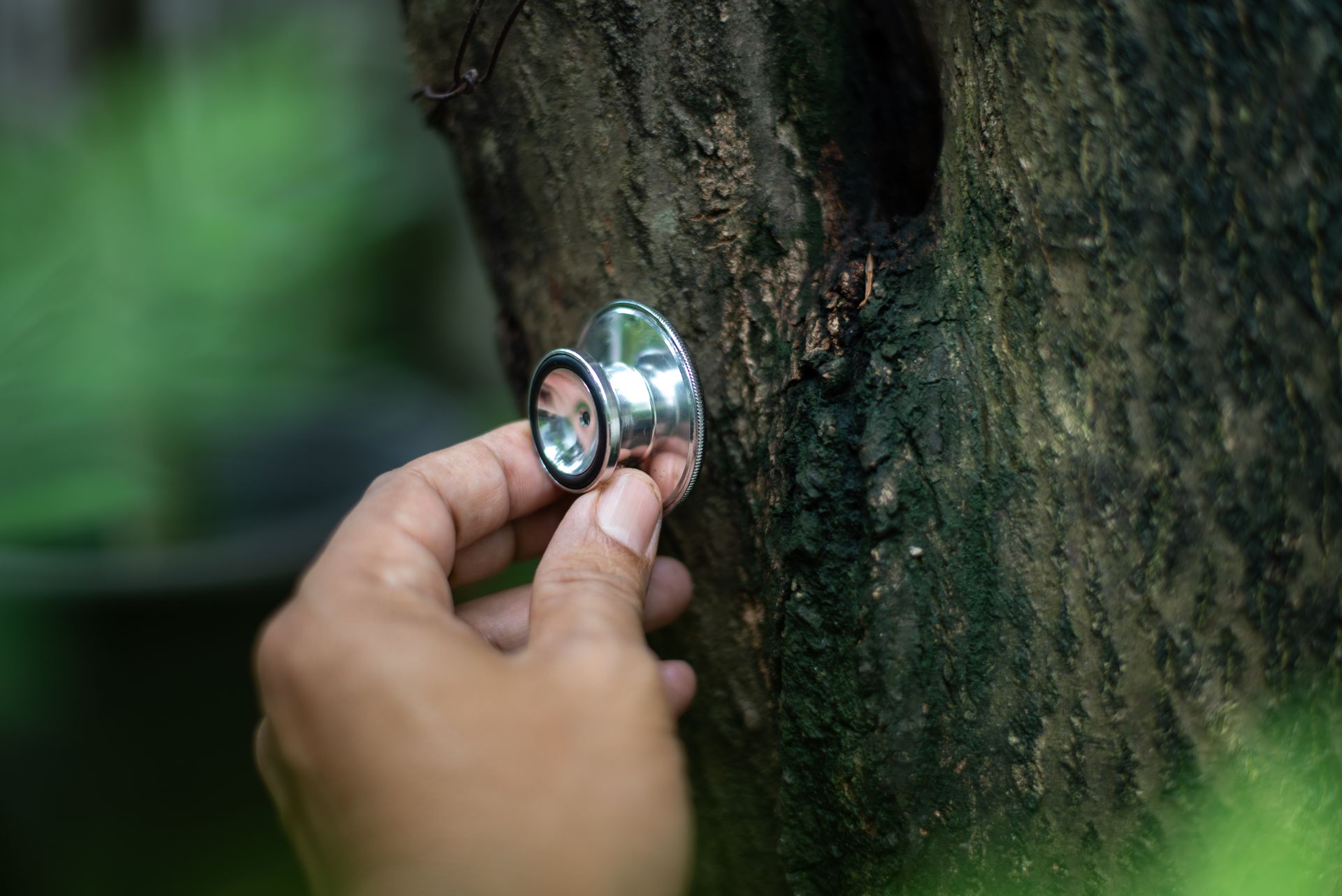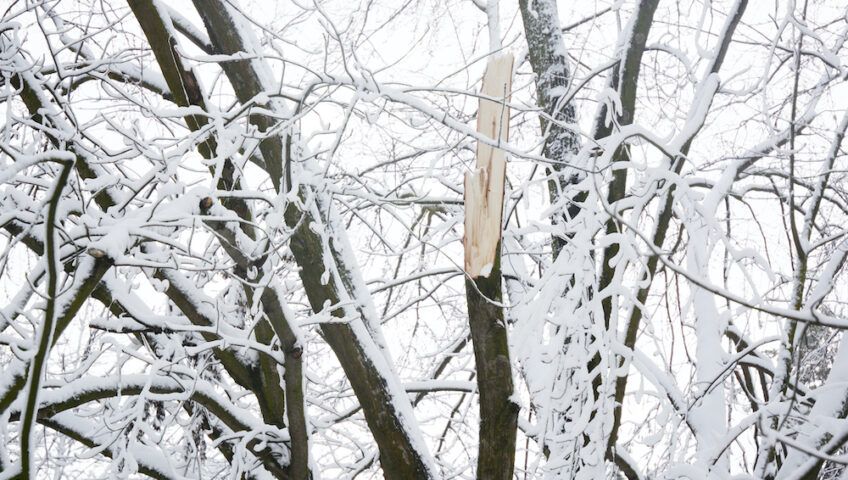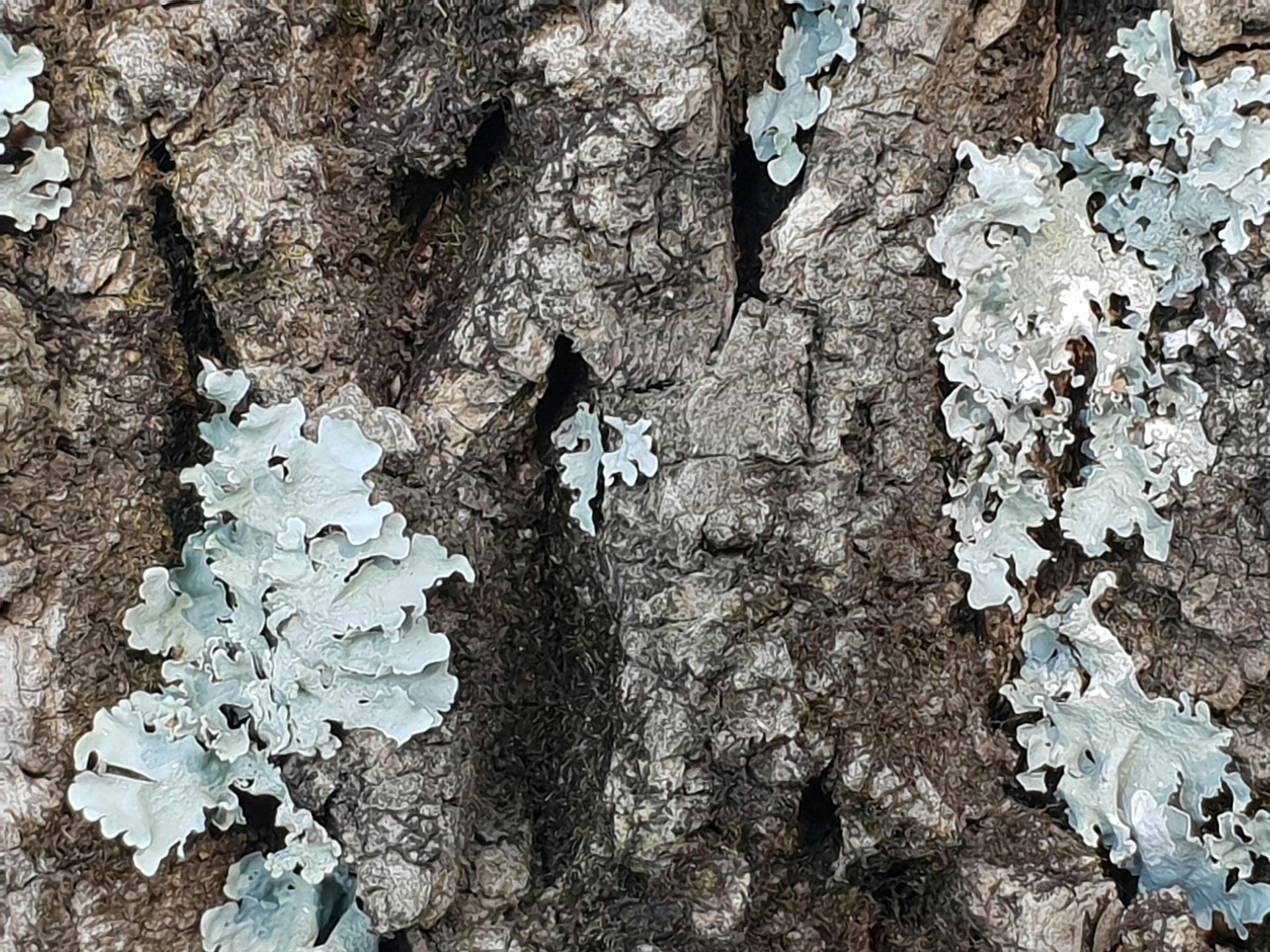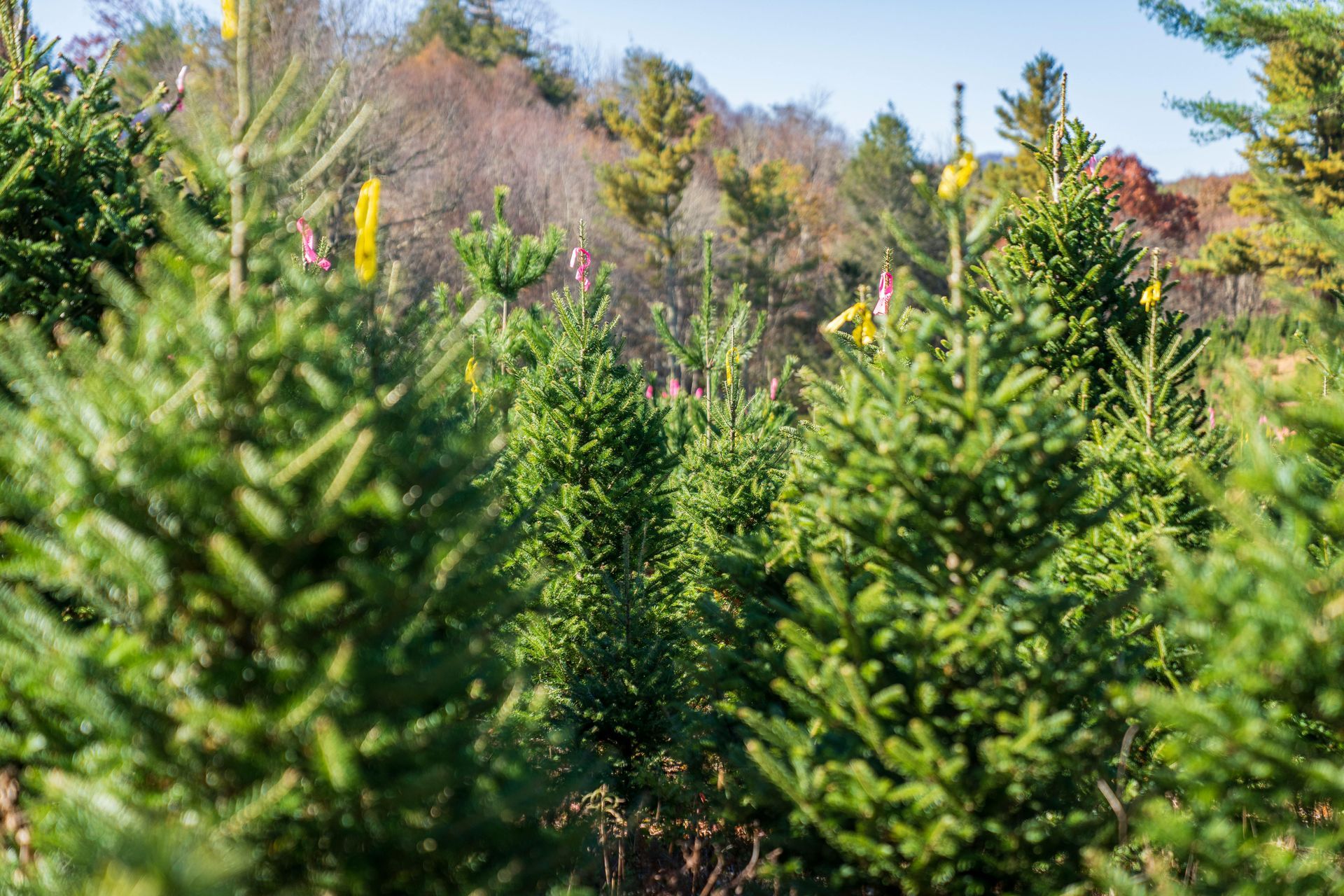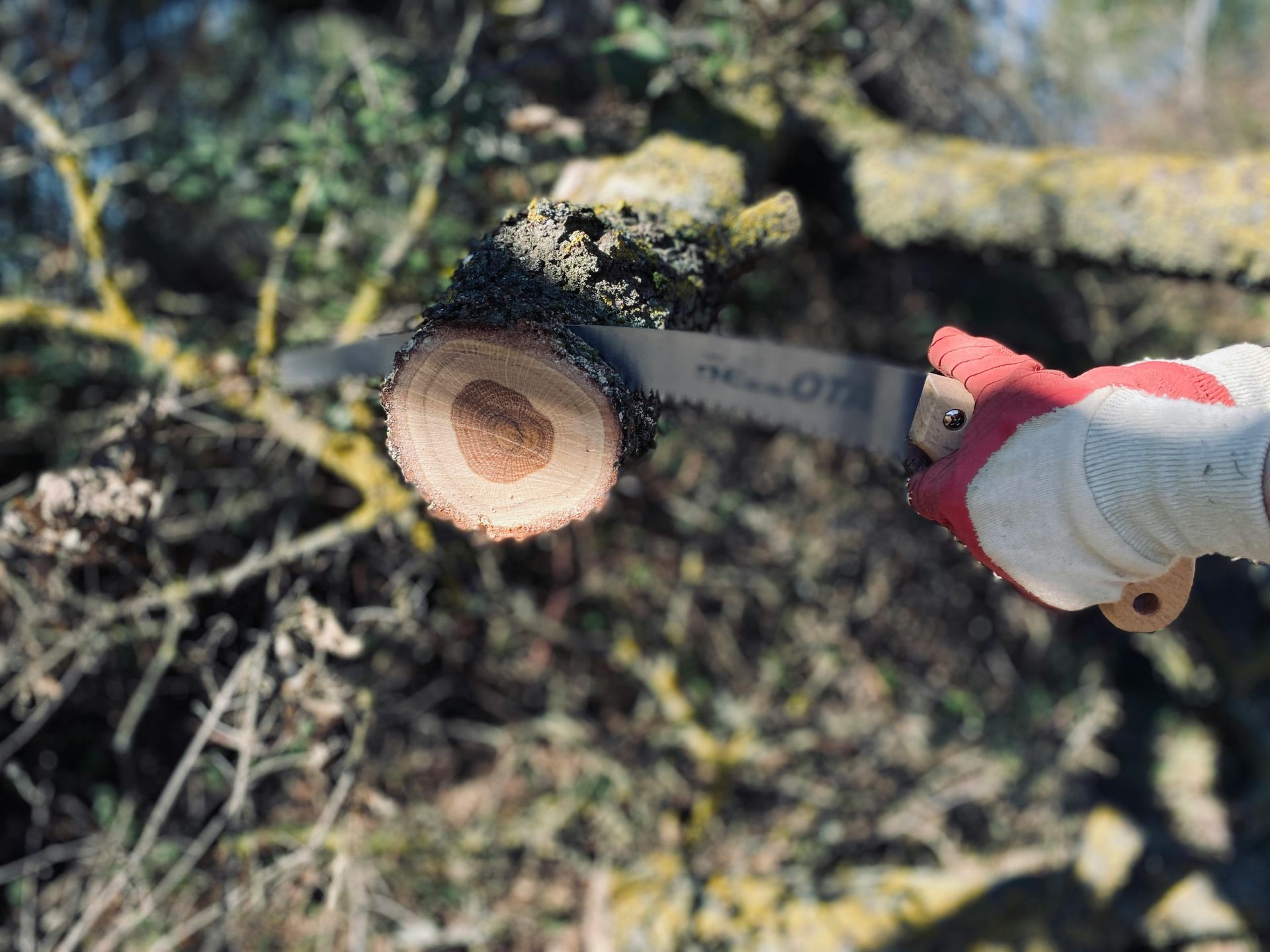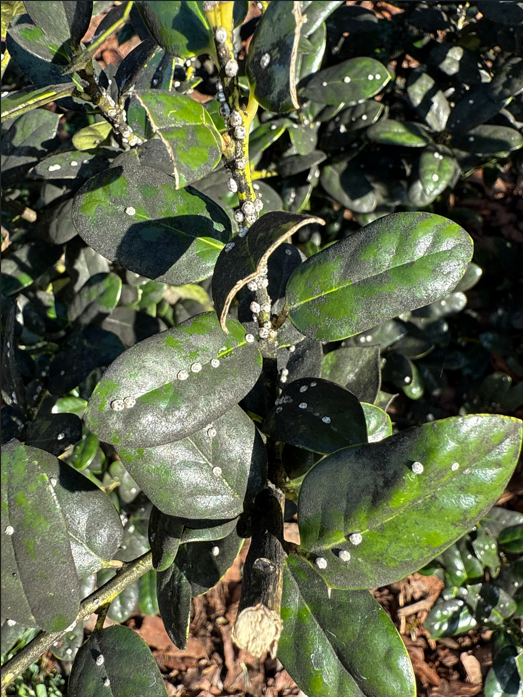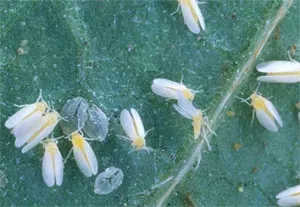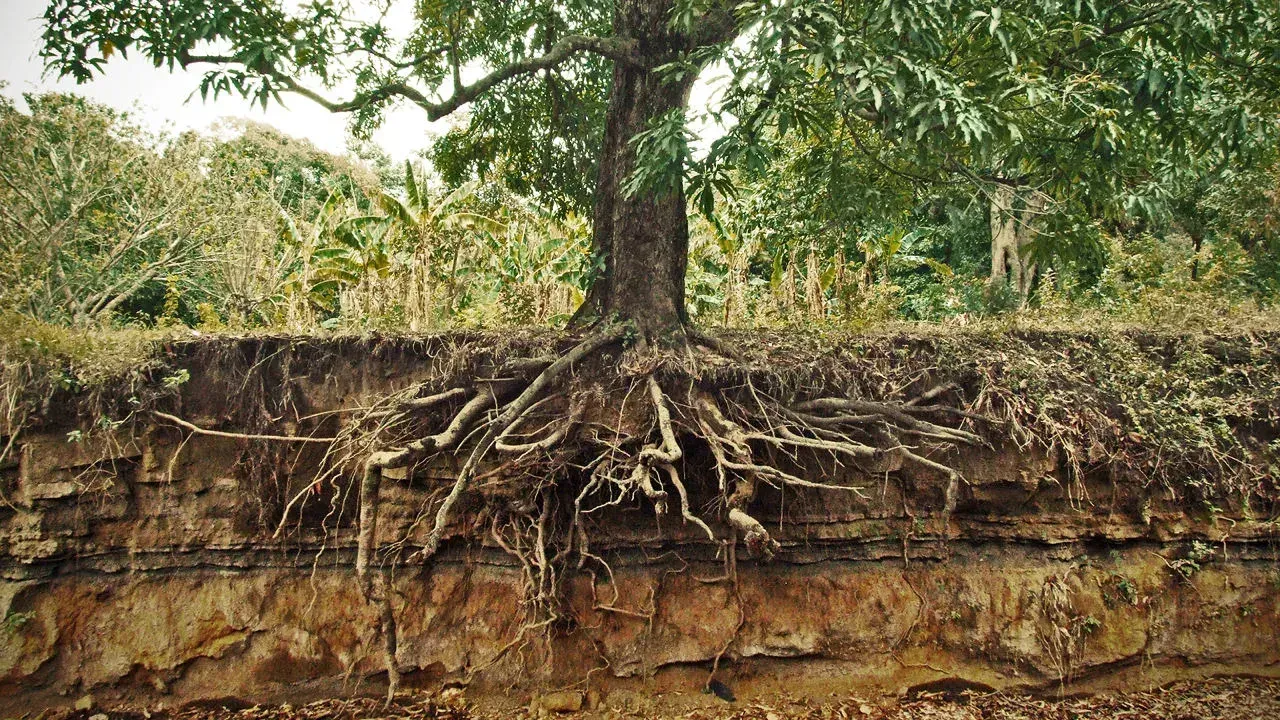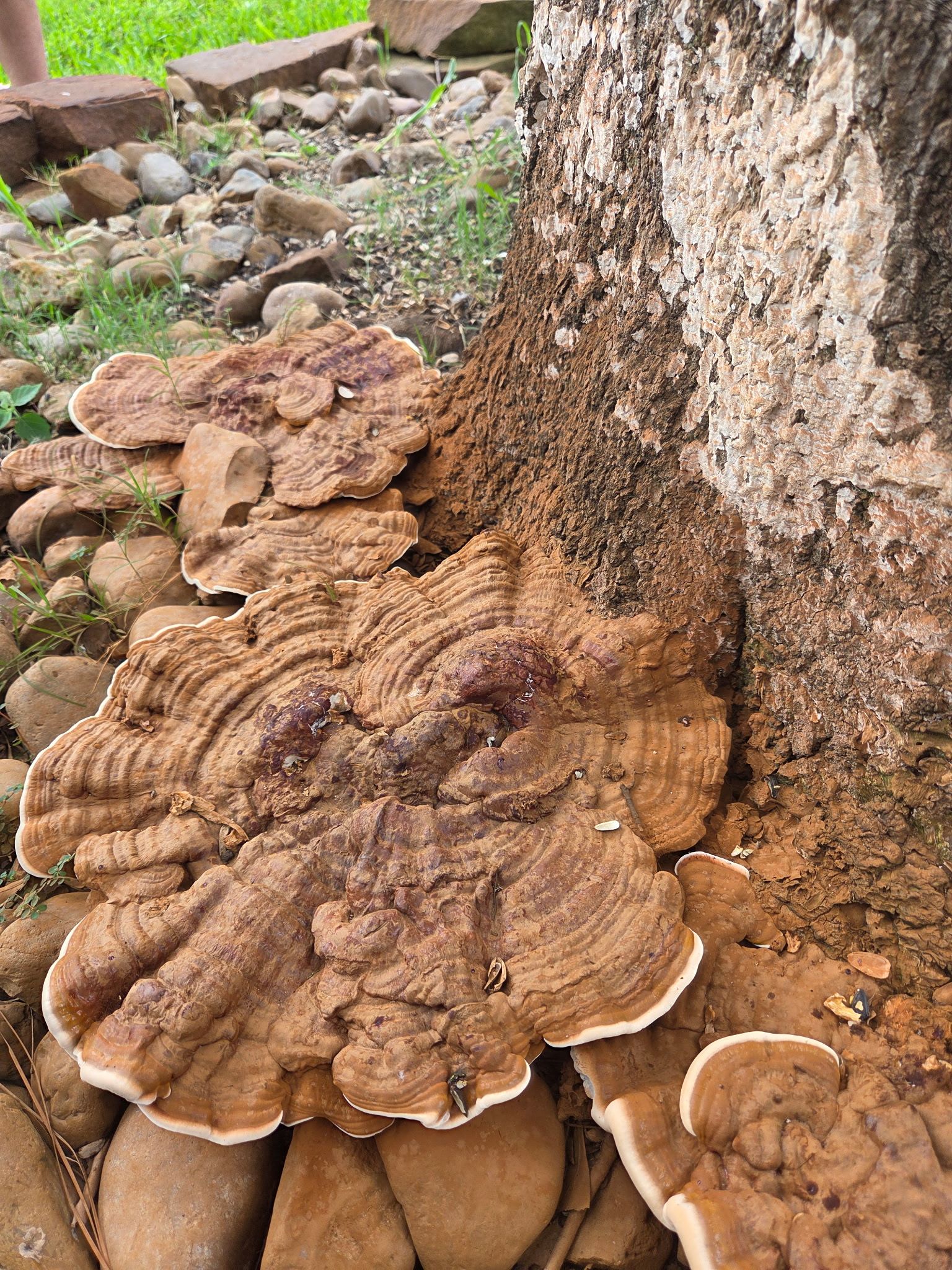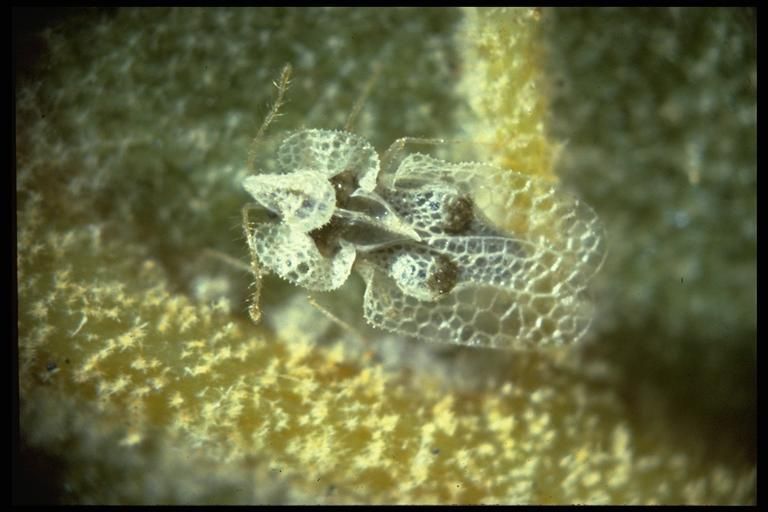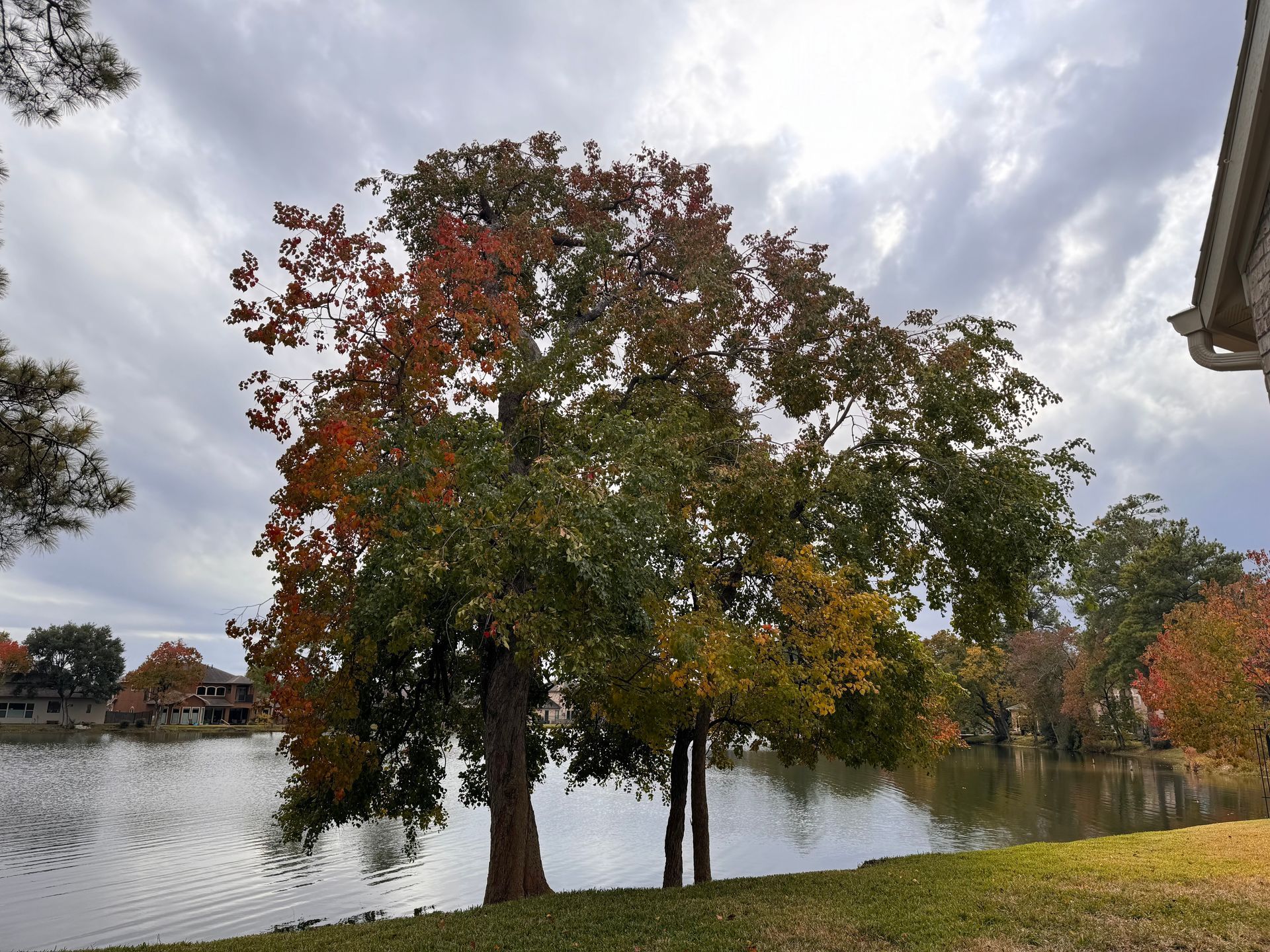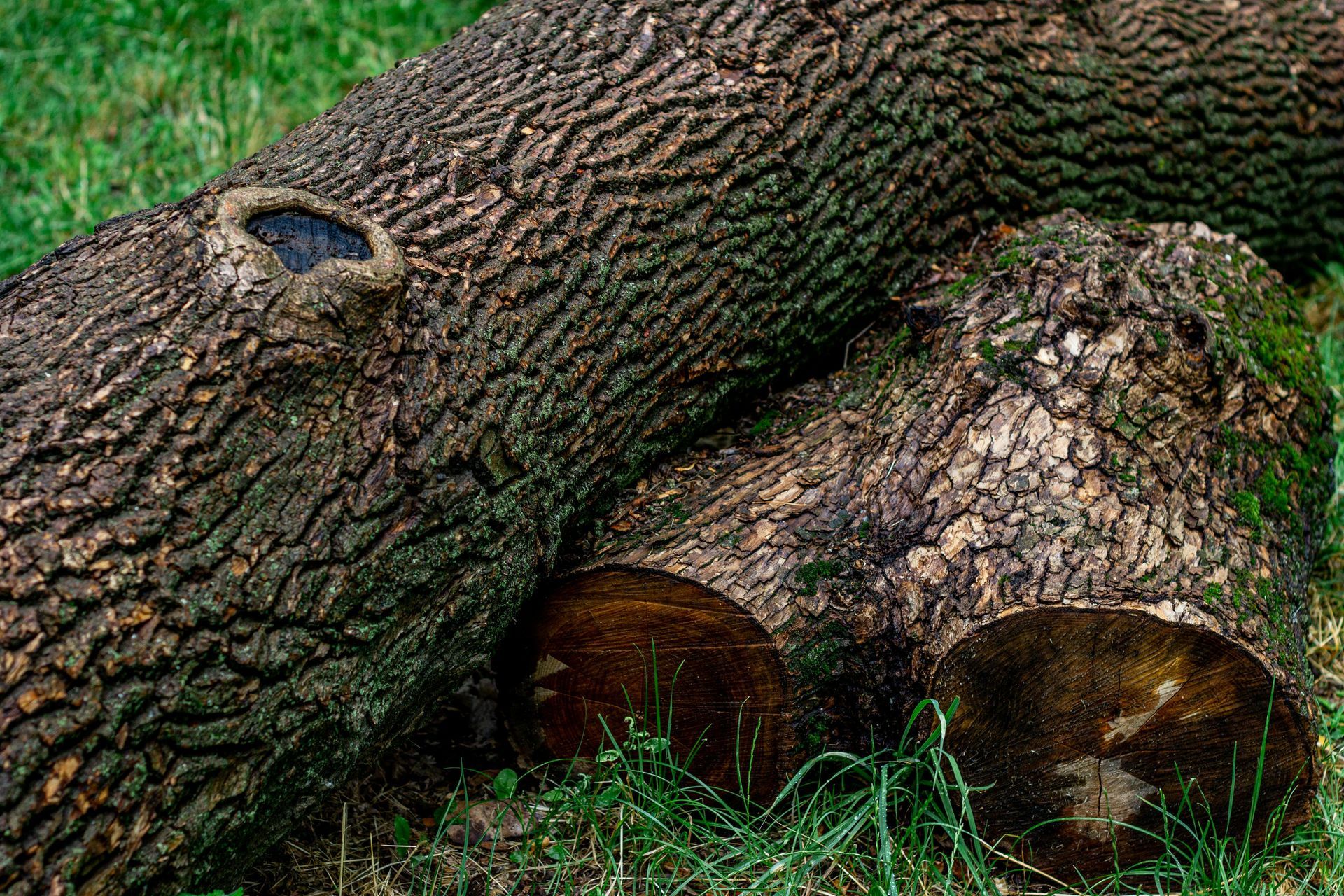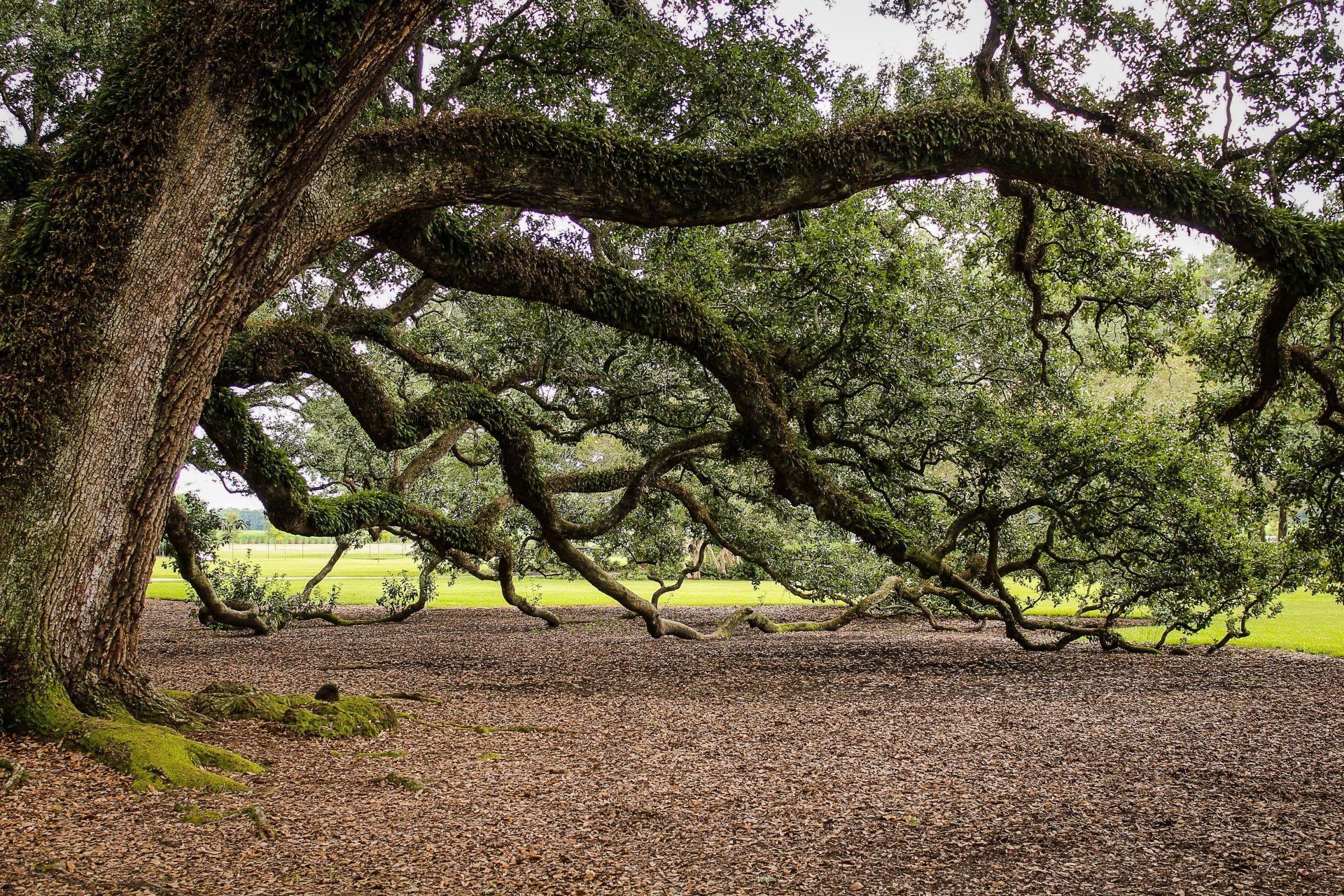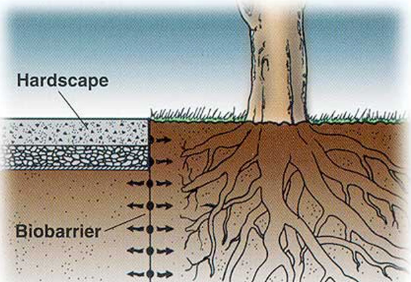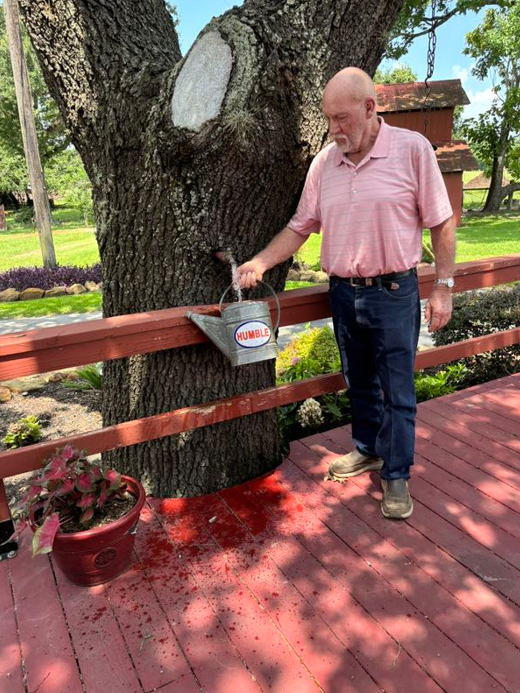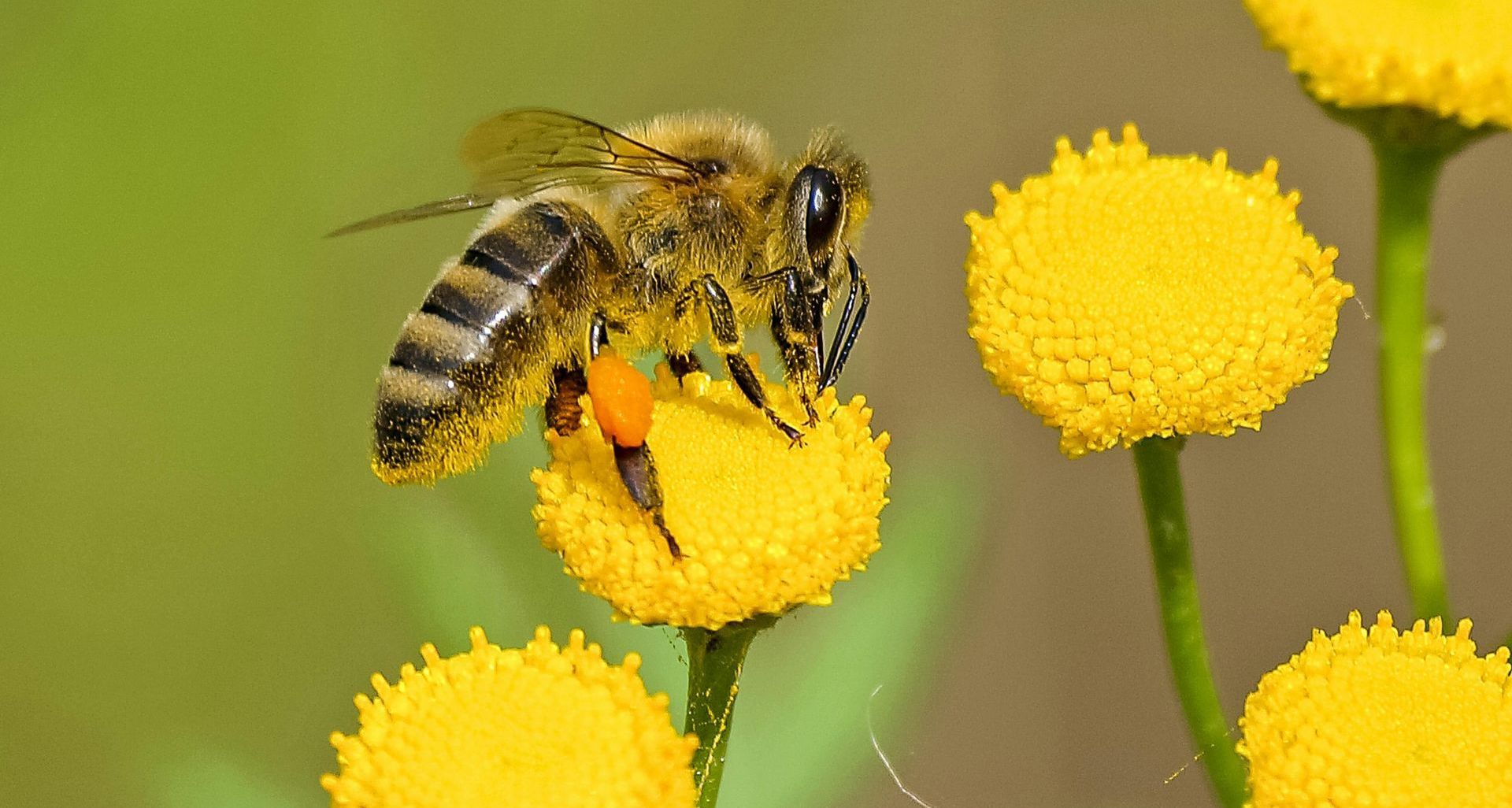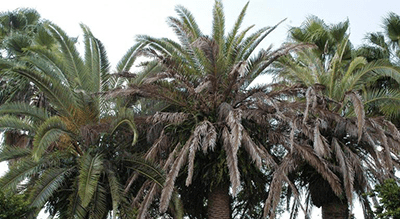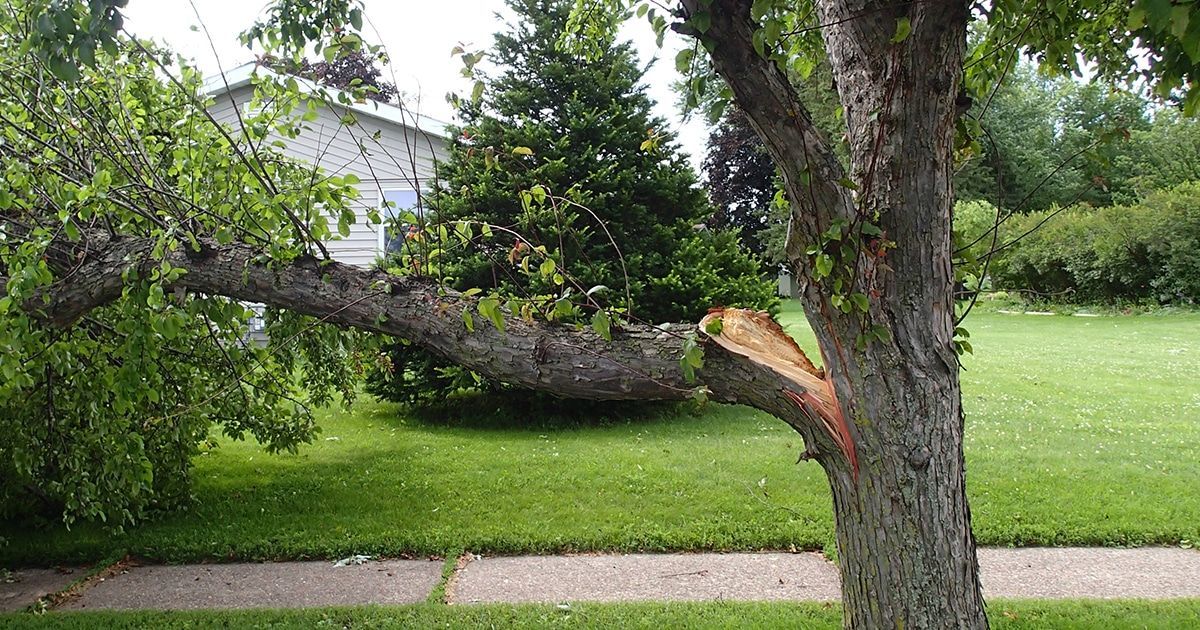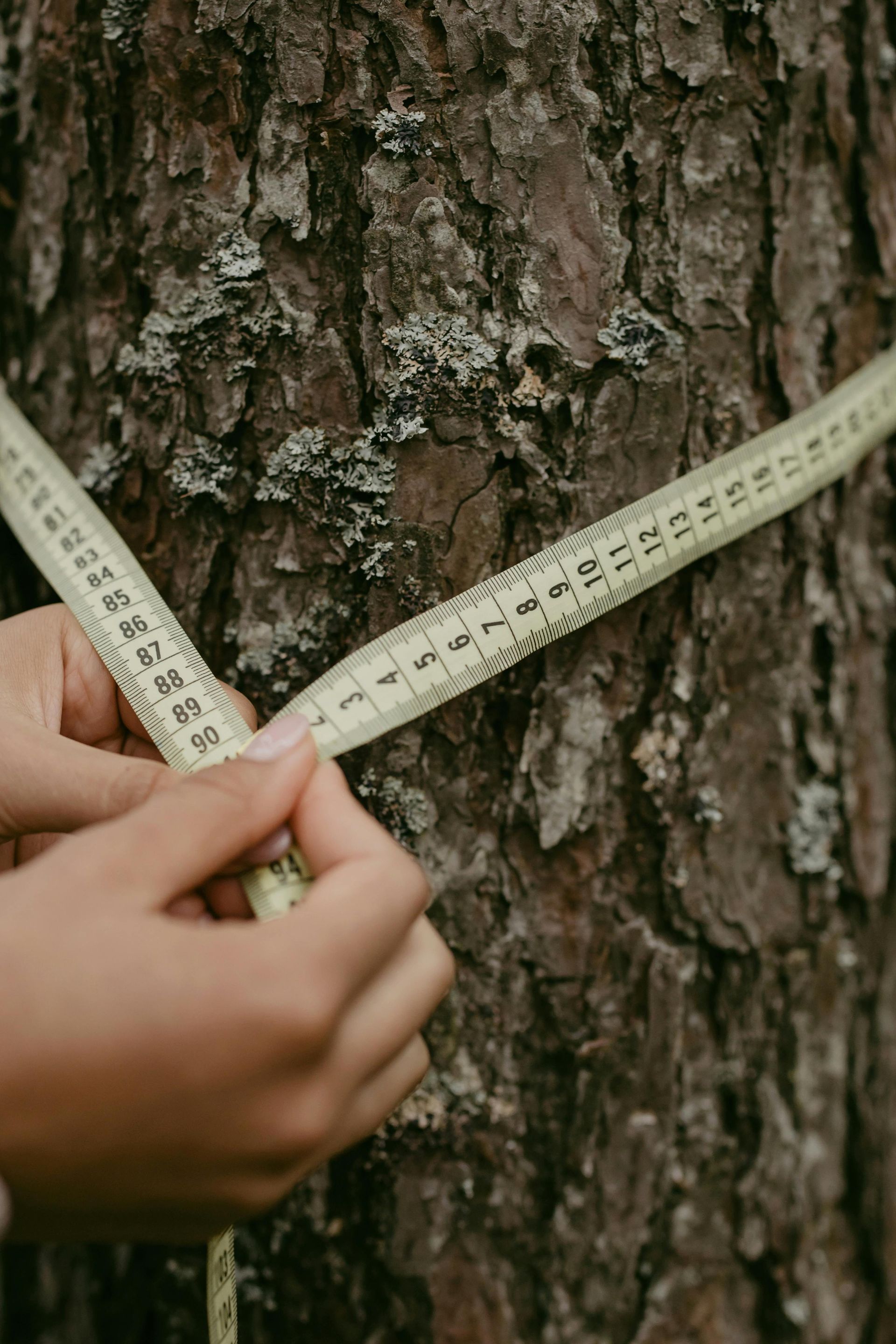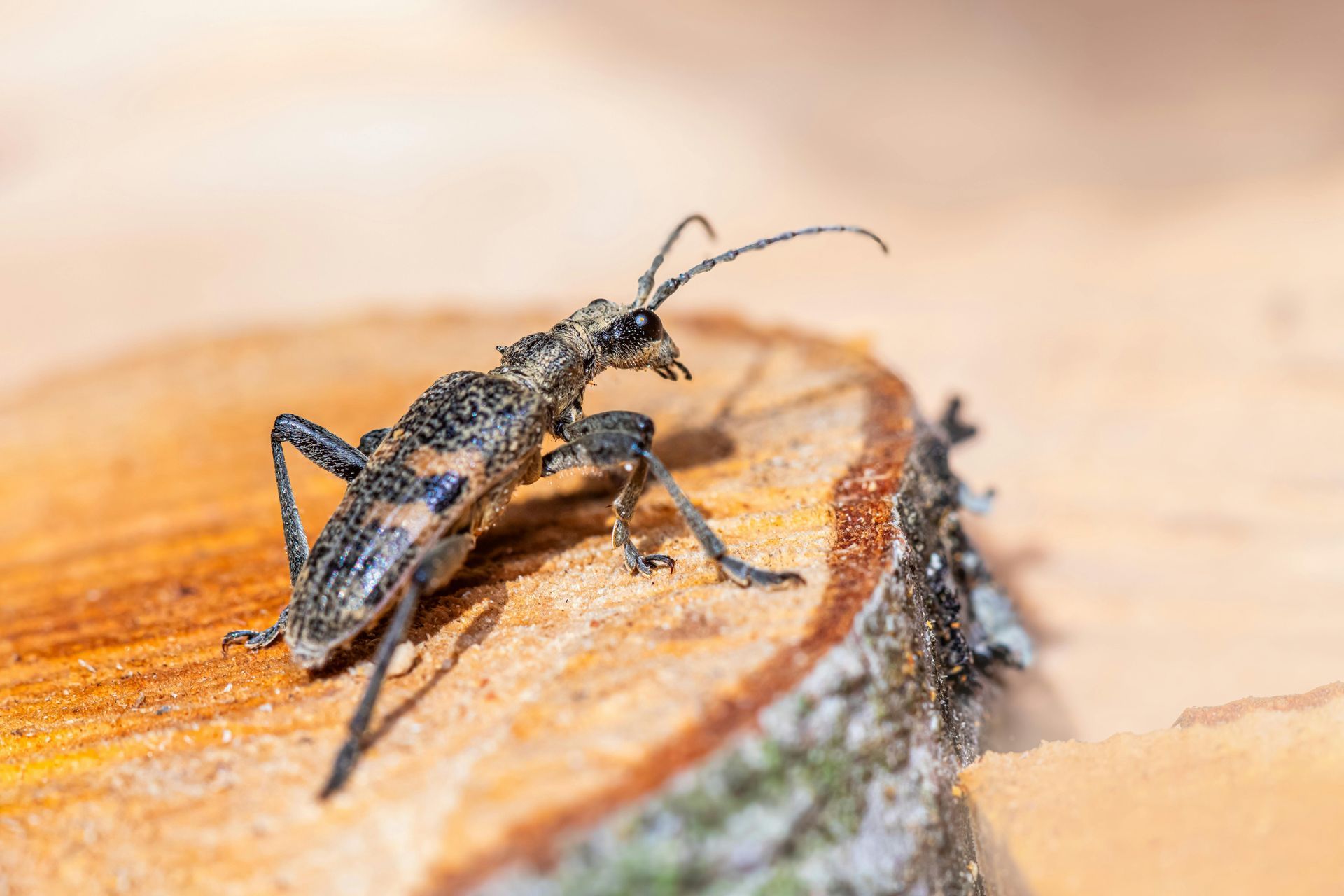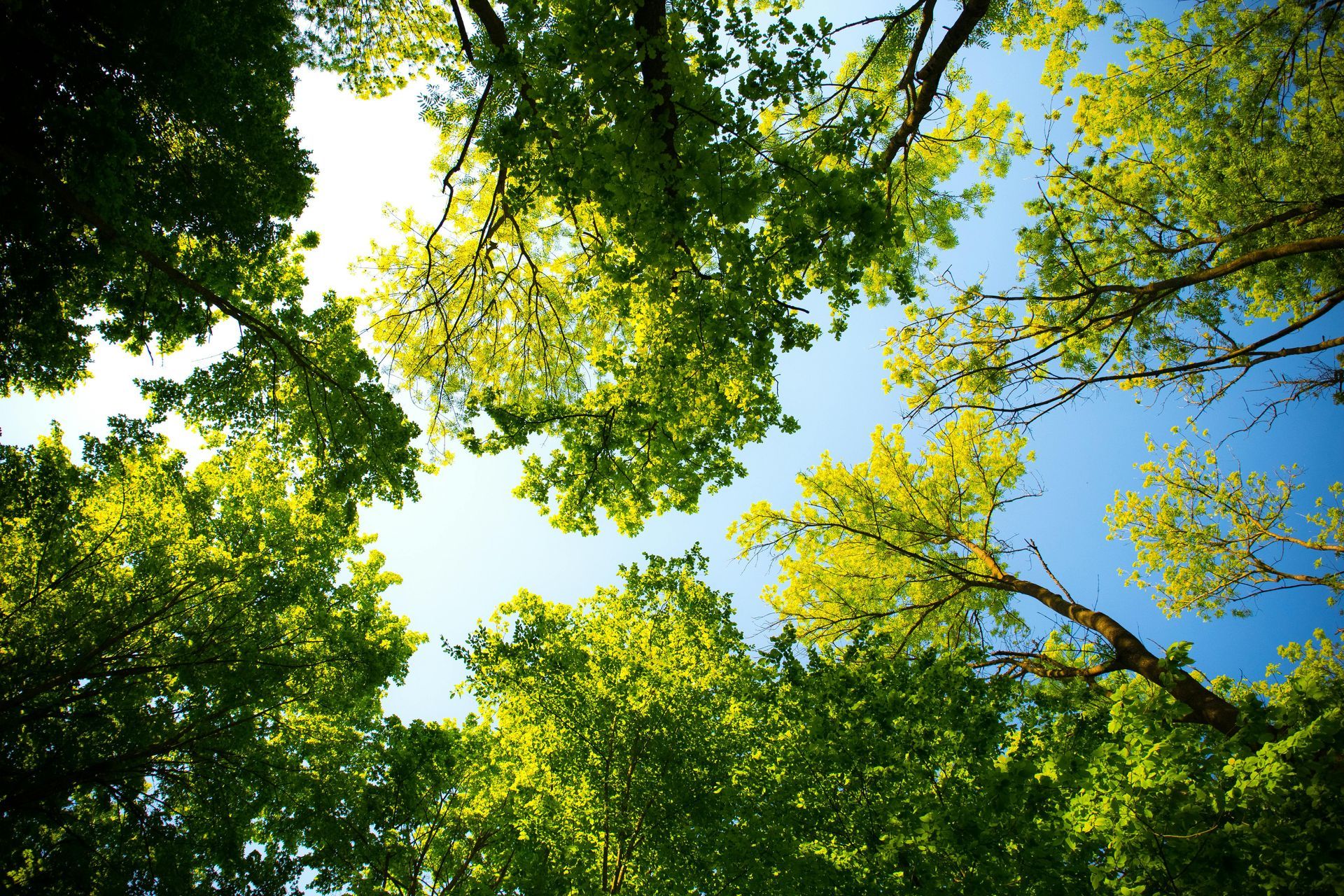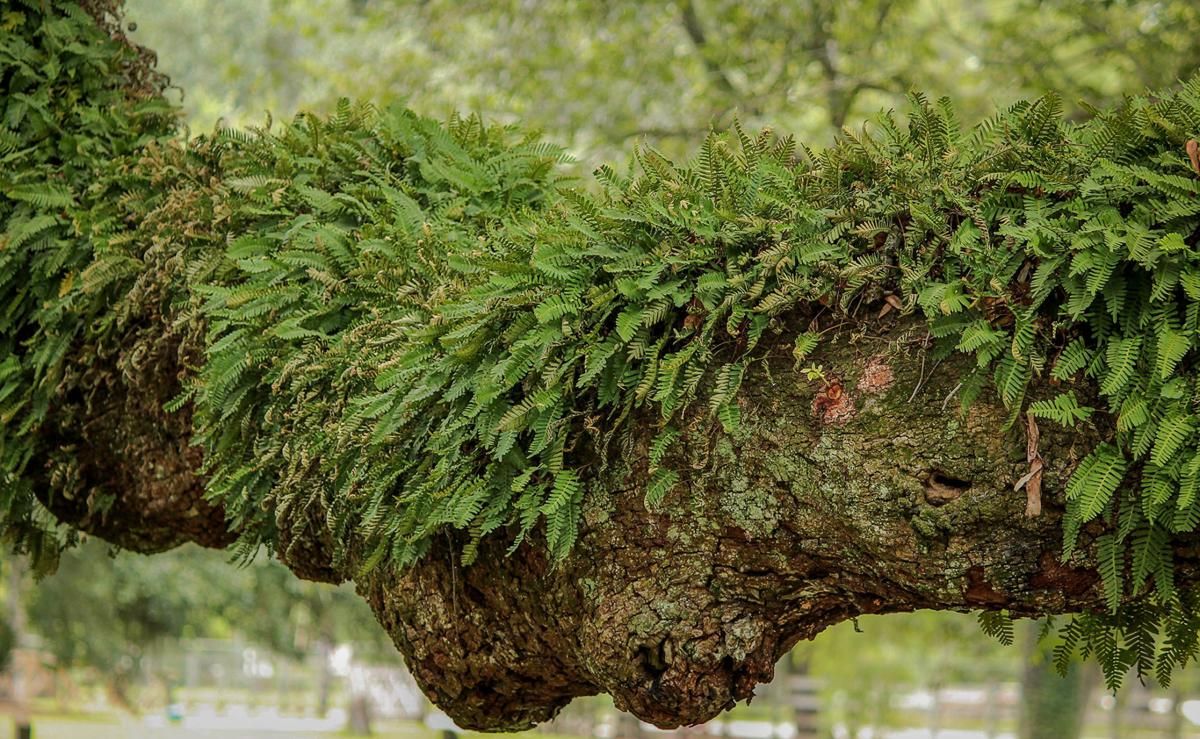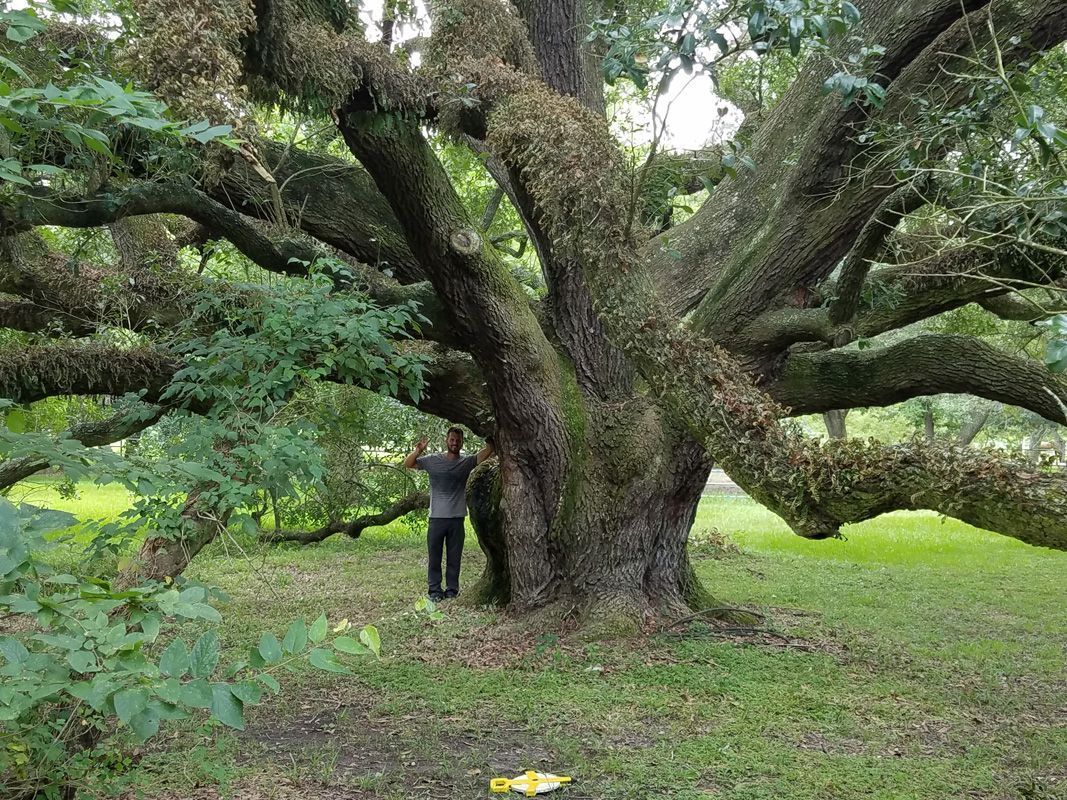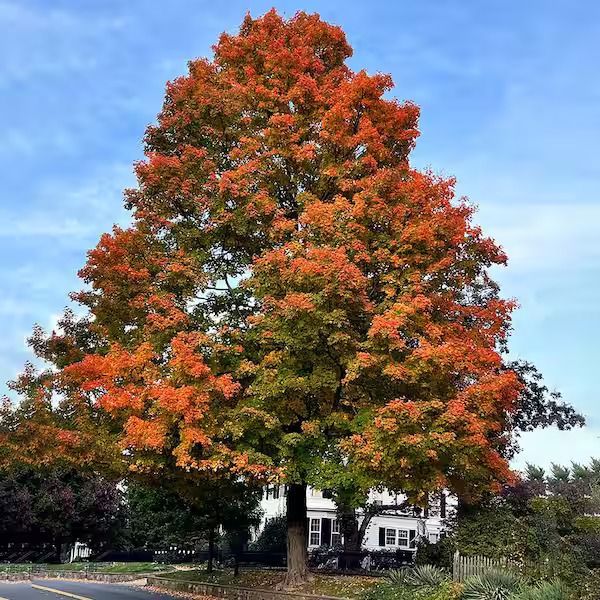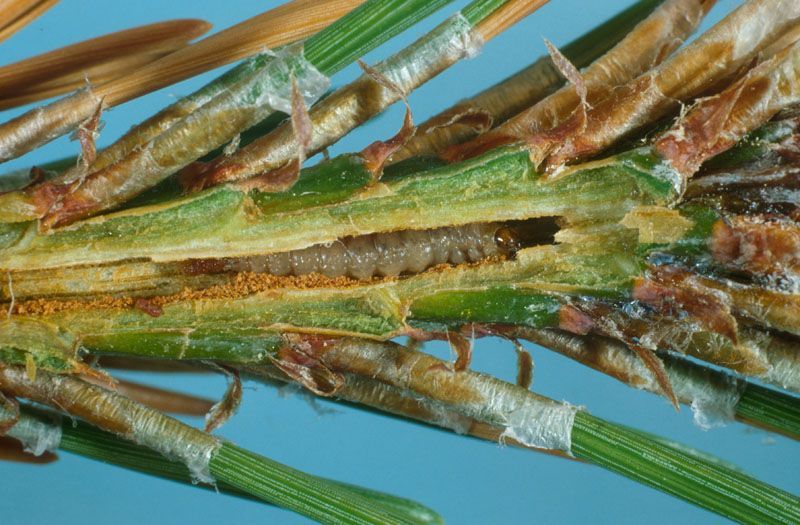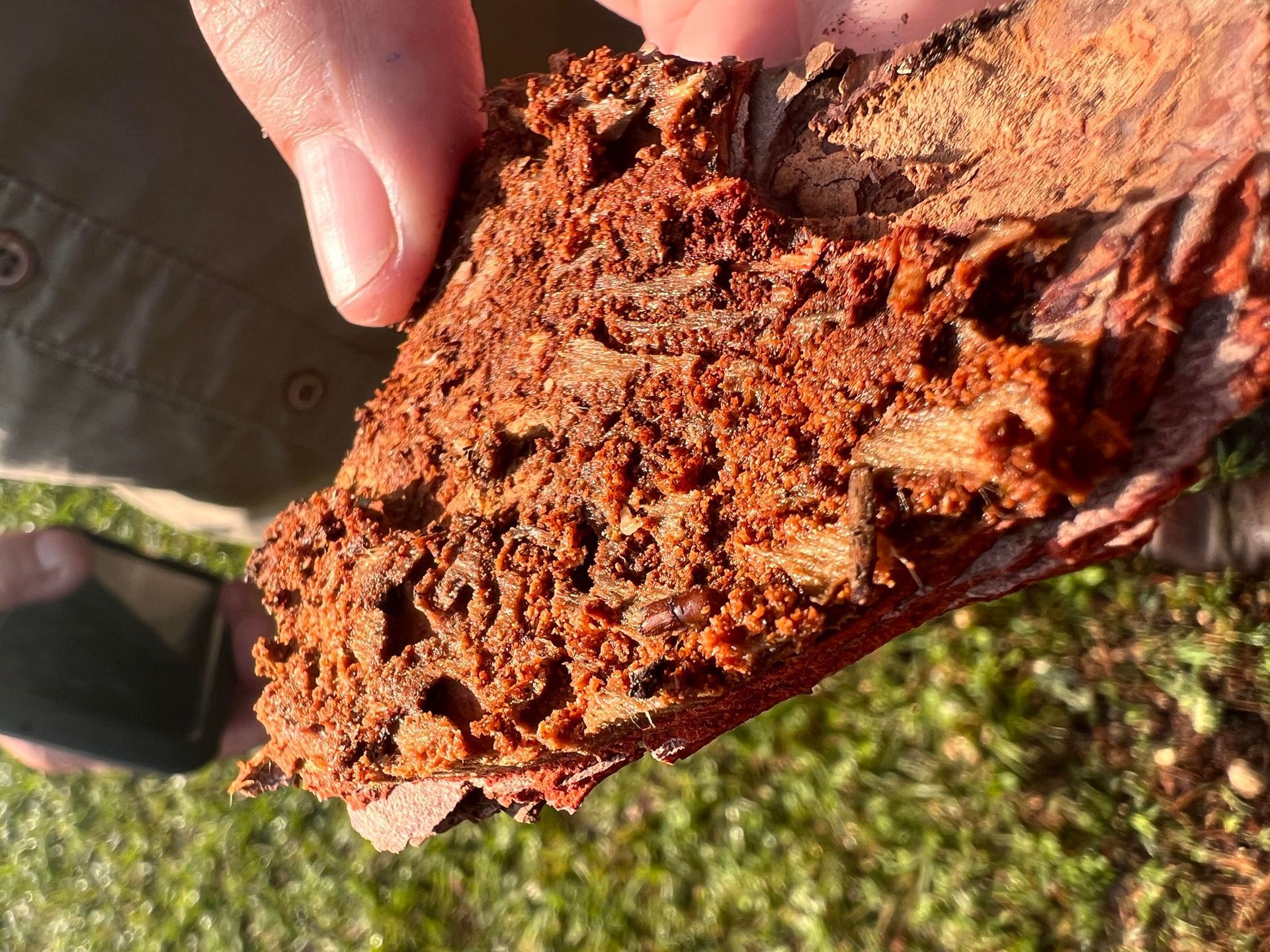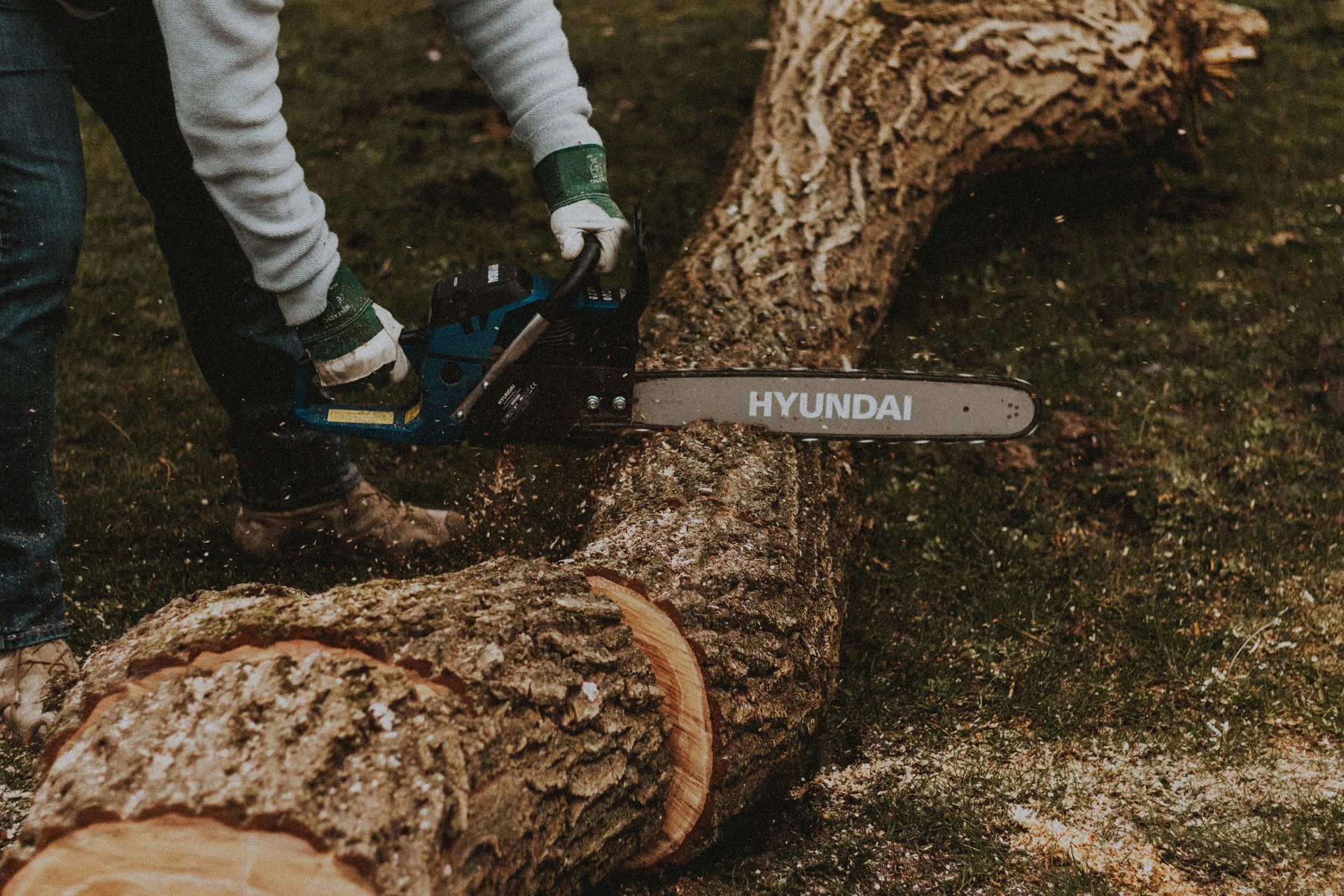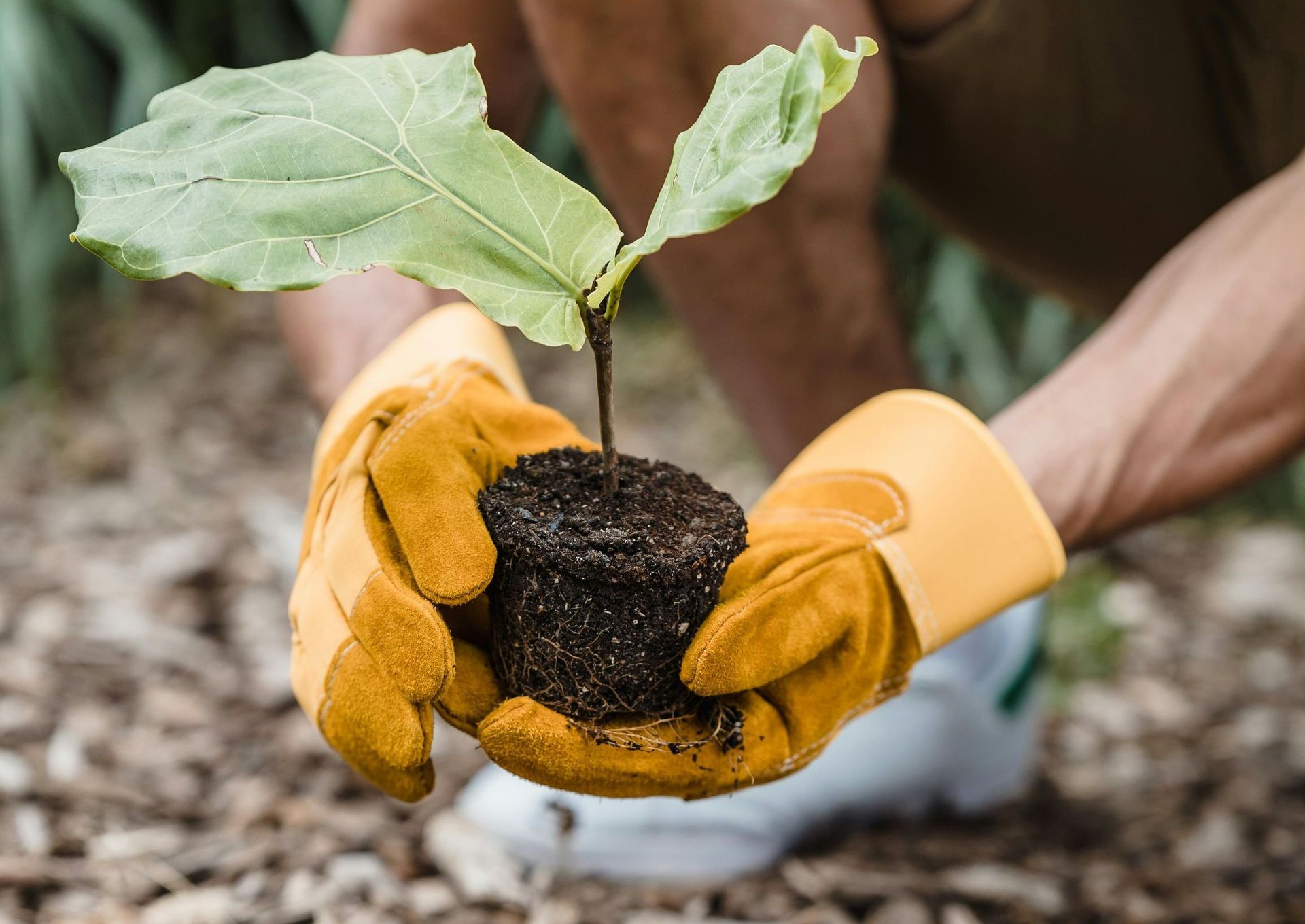Liriope’s Muse: Tree Care Tips from a Master Arborist
TRUSTED TREE CARE SERVICES SINCE 1970
Liriope's Muse: We Turn Down Work (A Lot). Here’s Why.
We’re a Houston-area tree service led by a Board-Certified Master Arborist (BCMA). Our promise is simple: we only recommend what’s truly necessary and right for the long-term health and safety of your trees, nothing more.
Our preservation-first philosophy
Trees are living assets. They add shade, beauty, habitat, and real property value; especially here in Greater Houston and Bellaire. Because we take a science-based, holistic approach to tree care, removal is our last resort. If a tree can be preserved safely and responsibly, we’ll show you how.
What “necessary” actually means to us
We recommend work only when it meets one or more of these criteria:
- Safety: There’s a credible risk of failure that could harm people or property.
- Tree health: Pruning or treatment would directly improve structure, vigor, or disease pressure.
- Code or clearance: Pruning for utility, structures, or roadway clearance that won’t compromise health.
- Unavoidable removal: Advanced decay, catastrophic defects, or site conflicts that cannot be mitigated.
Everything else like the cosmetic, the “just because,” or the “my neighbor said” doesn’t make the cut.
How we decide (our assessment process)
Every recommendation comes from a structured assessment by an ISA-certified arborist, grounded in ANSI A300 standards and industry best practices:
- History & goals: What changed? Storms, construction, irrigation, pests, herbicide usage, or prior pruning?
- Site & soil: Drainage, soil compaction, grade changes, irrigation schedules, mulch, and competition.
- Tree structure: Root flare, trunk, union strength, canopy balance, foliage appearance, and past cuts.
- Targets & risk: What’s beneath or beside the tree? People, roofs, play areas, driveways.
- Right-sized plan: If intervention helps, we prescribe the least-invasive option that works. Often recommending a biostimulant, pruning, and cultural fixes before removals.
Ethics case studies
1) “Please thin my oak before hurricane season.”
The request: A homeowner asked for heavy “thinning” cuts to open up an oak’s canopy.
What we found: A healthy tree with strong union structure but some weight-imbalanced limbs over the driveway.
Our recommendation: We refused to thin a tree’s canopy uneccasarily (it causes a higher risk of decay, opens the tree up for pests and pathogens to enter, a large loss of stored reserves, increased sun exposure which may lead to sunscald, and higher future risk of structural failure). Instead, we offered targeted structural reduction pruning and a follow-up inspection schedule.
Why we said no: Thinning would have weakened the tree and increased long-term risks. This practice disrupts the tree’s natural ability to mass dampen, making it especially vulnerable during hurricane-force winds. Without its accustomed load distribution, the tree would face a heightened risk of multiple branch failures, potentially causing serious injury and costly property damage.
Outcome: The oak kept its natural form, wind load was better managed, and the client avoided unnecessary harm and future costs.
2) “Three companies said to remove this pine.”
The request: Total removal of a mature pine near a home.
What we found: No advanced decay or root plate movement; concerns were mostly aesthetic and fear-based.
Our recommendation: Keep the tree. Perform selective pruning to remove deadwood and administer a biostimulant to boost the vitality of the tree and help it thrive.
Why we said no: Removal wasn’t justified by the evidence, the tree presented with no health issues or decline and the tree provided shade and screening the client valued. Our goal is to educate on safety, not fear monger.
Outcome: The client saved a healthy tree and a large, unnecessary expense.
3) “We’re pouring a patio, just cut the roots the tree has plenty.”
The request: Sever roots along a planned patio edge.
What we found: The cut line encroached on critical root zones for two live oaks.
Our recommendation: We declined the root cutting as proposed and designed a
tree protection plan instead: we established a critical root protection zone during construction, adjusted the patio footprint, and dug with care and the trees roots in mind. After we administered a biostimulant to encourage new root growth and make up for what was lost.
Why we said no: Aggressive root cuts would likely destabilize the trees and reduce their lifespan.
Outcome: Patio built with modifications; the trees stayed healthy and stable.
When we do recommend removal
Honesty cuts both ways. If a tree is past the point of safe preservation, we’ll say so and explain why. Common reasons:
- Advanced decay in the trunk or major roots
- Severe and untreatable pest infestation (removed to save surrounding trees)
- Severe lean with active soil heaving or root failure signs
- Irreparable storm or construction damage
- Confirmed, significant structural defects that can’t be mitigated
- Invasive species that threaten surrounding canopy (evaluated case-by-case)
When removal is necessary, we still minimize impact and protect nearby trees and soil during the work.
What to expect when you call us
- A visit from an ISA-certified arborist or arborist-in-training, led by a Board-Certified Master Arborist.
- A clear explanation of findings with photos or notes.
- A prioritized plan: what’s essential now, what can wait, and what you don’t need at all.
- Work performed to ANSI A300 standards with a preservation mindset.
Our promise
We will only recommend work that is truly necessary and right for the health and safety of your trees. If that means we earn less today, we’re okay with that because doing the right thing for your canopy is what’s most important to us.
Considering tree work?
Schedule a science-based assessment with our arborists. We’ll tell you exactly what your trees need and just as importantly, what they don’t.
Liriope’s Muse - Expert Tree Care Tips
